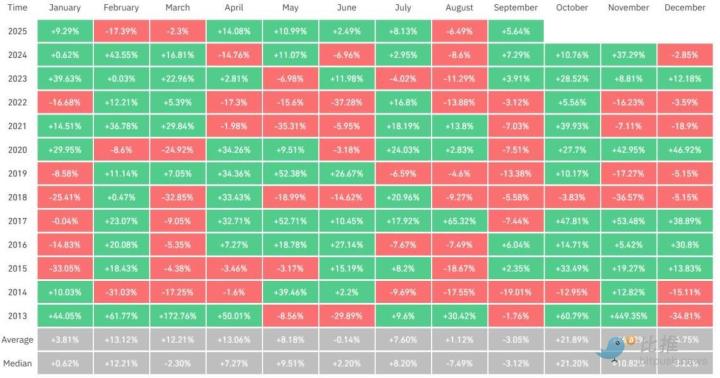The success of "early investors" hinges on moving quickly. However, simply being "first to market" isn't enough. To achieve real results, you need to identify teams that have written meaningful code, are used by people, and have robust token designs and security, rather than flashy projects. To achieve this, five key criteria are crucial: development activity, usage metrics, liquidity, token design, and security.
The first thing to check is who's building what. GitHub commit history, the number of active developers, hackathon awards, and public grants are all indicators. Ethereum (ETH)-related projects alone have over 5,000 developers contributing code monthly, and the overall Web3 ecosystem boasts over 18,000 active users every month. Simultaneously checking for tangible results and external validation is the best way to weed out "fake" projects.
User numbers also need careful consideration. Key factors include usage fees and protocol yield. Rather than simply transaction frequency, per-user payments and the actual revenue the protocol retains after rewarding LPs and validators are crucial criteria for evaluation. Leveraging platforms like Token Terminal can help reduce confusion about definitions. Furthermore, the "quality" of total value locked (TVL) is more important than its quantity. It's crucial to determine whether this is a short-term incentive or a sustainable use.
Trading liquidity shouldn't be judged solely by trading volume. Especially in the cryptocurrency market, where manipulation of trading volume is prevalent, order book depth and spread stability are actually indicators of trustworthiness. Significant liquidity is evenly distributed across multiple exchanges, and spreads don't widen significantly even during periods of high volatility. Be wary of situations where most trading is concentrated in a single pool or where trading volume is reported to be excessive relative to liquidity.
Token design is also crucial. Key factors include circulating supply, projected valuation, and the lockup release schedule. For example, if a token has a low circulating supply but a market capitalization that reflects the value years ahead (FDV), the initial lockup release could result in a surge in supply exceeding demand, leading to a sharp price drop. If the lockup schedule is transparently disclosed and the ecosystem budget is clearly defined, this risk is mitigated.
Finally, security is paramount. Audit history, who performed the audit, and who has upgrade authority are all crucial factors in determining a system's survival. Even with an audit stamp, if the scope is limited or vulnerabilities aren't actually addressed, they're useless. Even a single person with code change authorization is a potential risk. Timelock functionality, the use of multi-signatures, and whether audit details are publicly available should all be checked.
Popular airdrops and point systems today are useful for assessing initial vitality, but they don't guarantee sustainability. The Ethena (ENA) campaign, for example, led to a short-term surge in users, but whether that user base was sustained over time remains to be seen. Recent examples like Blast and EigenLayer highlight the importance of tracking user retention and liquidity changes in addition to clear initial rules and supply.
In conclusion, the key to success as an "early adopter" is a structured review process. Unless a project possesses promising developers, clear usage metrics, genuine liquidity, a balanced token supply structure, and robust security controls, the risks may outweigh its potential. Above all, a cool-headed approach based on verified information, free from FOMO (fear of missing out), is essential. The most powerful strategy is not one swayed by hasty investment, but rather one based on careful consideration and the "compounding of trust."
Get real-time news... Go to TokenPost Telegram
Copyright © TokenPost. Unauthorized reproduction and redistribution prohibited.








